Walking your dog is often the highlight of their day—but what if they have a knee issue? More specifically, should you walk a dog with luxating patella? The short answer: yes, but with a few precautions!
Luxating patella, a condition where the kneecap slides out of place, can make movement uncomfortable for your pup. However, controlled exercise, like gentle walks, can actually help strengthen their knee joint and support recovery. It's all about finding the right balance to keep your furry friend active without causing extra strain. Let's explore how to make walks safe and enjoyable for a dog with this condition!

What Is Luxating Patella in Dogs?
Luxating patella is a common issue for dogs. It happens when the kneecap, or patella, slips out of its groove in the knee joint. This can make walking or running tricky, especially for small breed dogs and some large breed dogs. The condition varies from mild cases, where dogs might barely notice it, to severe cases that require surgical correction.
Keeping your dog's joints healthy and strong through proper care is key to managing a dog's luxating patella and helping them live their best life.
Common Signs and Symptoms
Spotting a luxating patella isn't as hard as it sounds. Here's what to look for:
- Your pup might skip steps or favor one leg.
- A little "bunny hop" while walking.
- Limping or avoiding normal activities like running.
- Signs they're experiencing pain, such as whining or licking their knee.
- Difficulty standing up after resting.
Most dogs with mild cases will still enjoy life, but severe cases can limit movement. Always check with your vet to create the right treatment plan for your pet. Early care ensures your dog can keep wagging its tail without discomfort!
Is Walking Safe for Dogs with Luxating Patella?
Yes, walking can be safe for dogs with a luxating patella if done carefully. Gentle exercise can strengthen the knee joint, promote mobility, and support the healing process. Short, gentle walks keep most dogs active without overloading their leg. Pair walking with your vet's guidance to ensure it's the right move for your pup's condition.
Benefits of Controlled Exercise
Even with patellar luxation, controlled exercise can do wonders for your pup! Gentle walks or light activities provide more than just fresh air—they support your dog's overall well-being in many ways. When done carefully, controlled exercise helps your dog stay active while managing their condition. Here's why it matters:
- Strengthens Muscles for Stability. Controlled walks can help strengthen the muscles around your dog's knee joint. These muscles act like a natural brace, giving better support to the kneecap and reducing the risk of further issues. Stronger muscles also improve overall stability, making it easier for your pup to move around confidently.
- Keeps Your Dog's Joints Moving. Regular, low-impact movement helps keep joints flexible and prevents stiffness. This is especially important for dogs with luxating patella, as it improves their overall mobility and reduces the chance of joint issues in the future.
- Supports a Healthy Weight. Regular activity is essential for keeping your dog at a healthy weight, which supports their luxating patella. Extra weight puts added pressure on your dog's joints and can worsen their condition. Controlled exercise keeps your pup fit and light, making movement easier and reducing strain on their knees.
- Boosts Their Mood and Life Quality. Exercise isn't just about physical health—it's great for your dog's mental well-being, too. A short dog walks or some playtime lifts their mood, giving them a sense of normalcy and happiness.
Controlled exercise may be simple, but it's a powerful way to help your dog recover and stay healthy while managing patellar luxation.
Risks of Overexertion
While exercise matters, overdoing it may do more harm than good for a dog with a luxating patella. Striking the right balance helps keep your pup active while protecting their knee joint. Overexertion can lead to several setbacks, so it's important to recognize the signs and take precautions. Here's what to watch for:
- Increased Pain and Discomfort. Too much activity can overstress the knee joint, leading to irritation or soreness. This extra strain not only slows down your dog's recovery but may also cause them to avoid moving altogether, making things worse over time.
- Potential for Further Knee Damage. Overexertion can aggravate the luxating patella, especially in severe cases. Pushing your dog too hard might increase the risk of further damage, potentially requiring surgical correction to stabilize the kneecap.
- Delays in the Healing Process. Excessive activity can interrupt your dog's healing process. When their joints don't get enough rest, it becomes harder for them to return to normal activities, delaying recovery and creating frustration for both of you.
- Signs of Agitation or Limping. If your pup starts limping, slowing down, or showing other signs of experiencing pain, it's a clear sign they've had enough exercise for the day. Always pay attention to their cues, as these signs mean it's time to let them rest.
How To Comfort Patella Luxation in Dogs?
Comforting a dog with patella luxation starts with gentle care and thoughtful adjustments. From providing a cozy resting area to incorporating safe, low-impact exercise, there are plenty of ways to support your pup's knee joint. The right treatment plan, paired with extra attention to their needs, can help your dog recover and enjoy life again. Let's explore how:
Related Post: Luxating Patella Dog Massage [Comforting & Relieving]
Creating a Comfortable Rest Area
Giving your dog a cozy spot to relax is a great way to ease patellar luxation discomfort. A soft, supportive bed cushions their knee joint and helps reduce irritation. Keep their rest area calm, quiet, and free from unnecessary distractions. Creating an environment that promotes relaxation can work wonders for a dog with a luxating patella.
To further support rest and comfort, consider natural calming aids like our Calming CBD Soft Treats. Packed with CBD and soothing ingredients like chamomile, these tasty chews help your dog relax while keeping their nervous system balanced.
Using Supportive Equipment Like Harnesses
Switching to a harness is a simple way to help a dog with a luxating patella. Unlike collars, harnesses spread the pressure across your pup's chest, keeping strain off their neck and knees. It’s a great help during walks, particularly if your dog is dealing with any soreness.
Look for one with soft padding and adjustable straps for a perfect fit. With a harness, you'll have more control while keeping your dog's condition in mind—making every walk easier and safer!

Provide Joint Support Supplements
Supporting your dog’s joint health from the inside out can make a big difference in managing patella luxation. Our Joint Support Soft Chews offer key ingredients like glucosamine, chondroitin, and MSM to help strengthen cartilage, improve mobility, and ease irritation in the knee joint. Omega-3 fatty acids can also promote flexibility and long-term joint function.
We also offer our highly-effective CBD Joint & Mobility Treats which can make a great addition to your pup’s routine, providing CBD, turmeric, and Boswellia—all known for their natural ability to ease joint soreness and promote movement.
Adding a daily supplement can help keep your dog more active, comfortable, and ready for playtime despite their luxating patella.
Walking Tips for Dogs with Luxating Patella
Taking the right steps makes walking a dog with a luxating patella enjoyable and safe. It's all about taking things slow and making smart choices to protect their knee joint. Small adjustments can go a long way in keeping your pup active without extra strain.
Keeping Walks Gentle and Short
Short and slow walks are best for dogs with a luxating patella. These gentle strolls keep them moving without stressing their knee joint. Avoid long routes or high-energy activities that could strain their leg. Pay attention to your pup's behavior—if they limp or seem uncomfortable, it's time to head home. Gentle, regular walks can support their healing process and help them maintain a healthy weight.
Choosing Flat, Non-Slippery Surfaces
Walking on flat, stable ground is the best option for dogs with patellar luxation. Slippery or uneven surfaces can put extra strain on their knees and might lead to slips. Stick to grassy areas, smooth pavement, or dirt trails to keep your pup steady.
Avoid steep hills or gravel that could make walking harder on your dog's joints. Keeping their walks easy and safe helps protect their kneecap and encourages a smooth healing process.
Alternative Activities to Walking
If your dog with a luxating patella struggles with walking, there are other ways to keep them active and healthy. Low-impact exercises are a great way to strengthen their knee joint and improve mobility without adding extra stress. Here are some simple ideas:
- Low-Impact Exercises Like Swimming. Swimming is easy on your dog's joints and helps build muscle. It's a fun and safe activity that keeps your pup moving while supporting their recovery.
- Muscle Strengthening Through Targeted Exercises. Activities like gentle stair climbs or leg stretches can help strengthen the muscles around your dog's knee joint. Stronger muscles provide better support for their patella and improve their mobility over time.
- Physical Therapy for Recovery. Physical therapy designed by your vet can be a game-changer. It focuses on safe movements and exercises to reduce irritation and improve your dog's condition.
When to Consult a Veterinarian About Exercise
If your dog's condition isn't improving or they're showing signs of discomfort during exercise, it's time to talk to a vet. Your vet can create a care plan designed just for your pup. This could include joint support options, low-impact activities, or, in severe cases, surgery.
Supporting a dog with a luxating patella takes patience and care, but it makes all the difference. HolistaPet offers a variety of dog care products like joint supplements and dog-specific CBD options to help your pup stay comfortable, active, and happy while managing their condition. For more dog care tips check out these blogs.



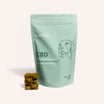


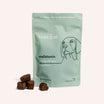
![Probiotics For Dogs [Soft Chews] - HolistaPet](http://www.holistapet.com/cdn/shop/files/Probiotic-Infographic-1_472d7a29-e30c-435a-9638-1365d8c3a9f9.jpg?v=1725384841&width=104)
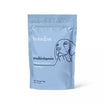



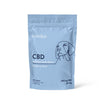
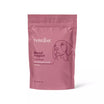
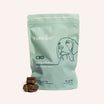
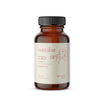
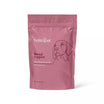
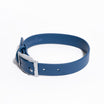
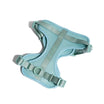
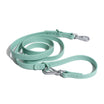
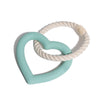
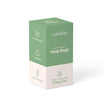
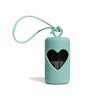

![How To Give Your Dog CBD Oil [Picky Eater Edition]](http://www.holistapet.com/cdn/shop/articles/267_821152ef-2793-4ec8-9bb8-5fdea5322050.jpg?v=1738278573&width=500)

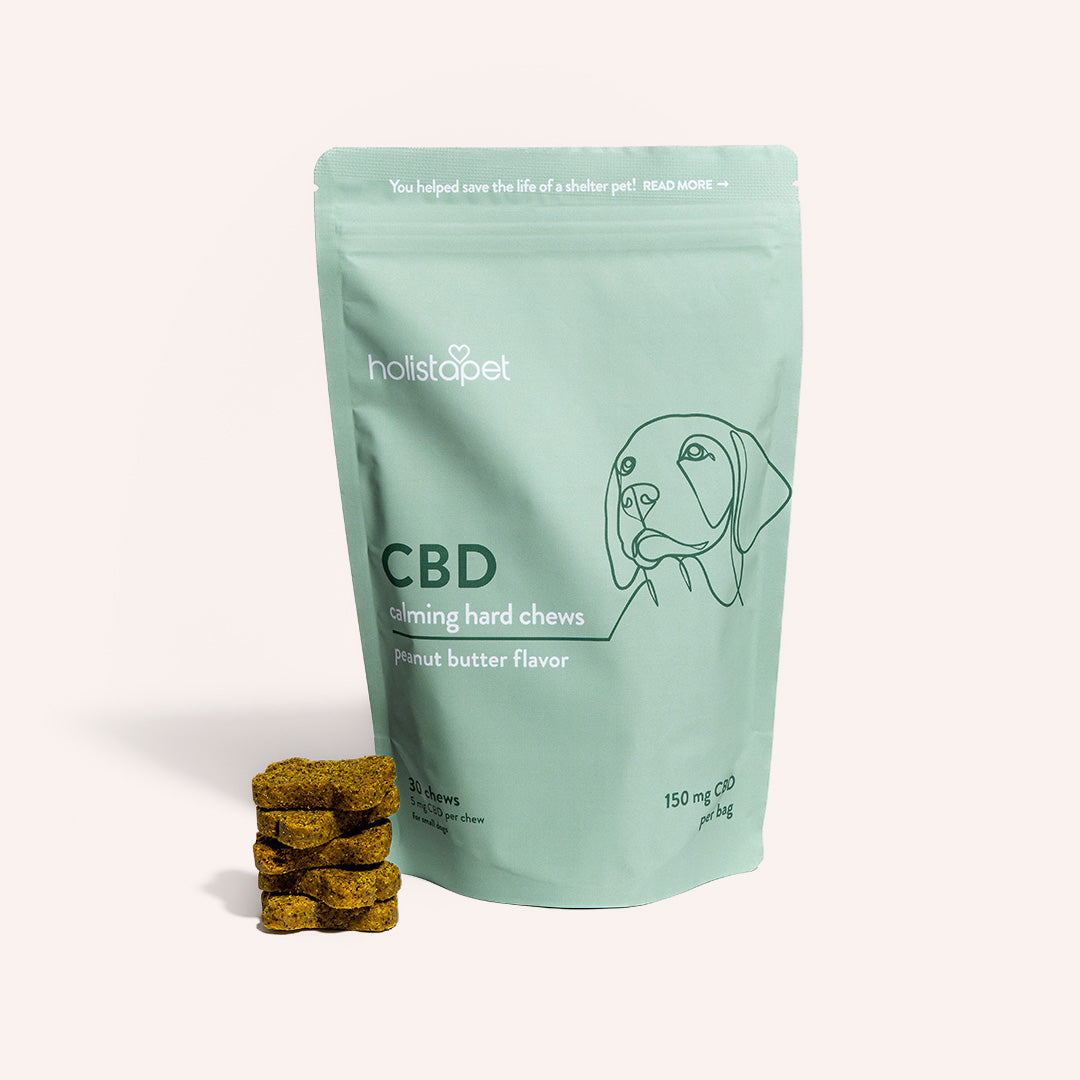
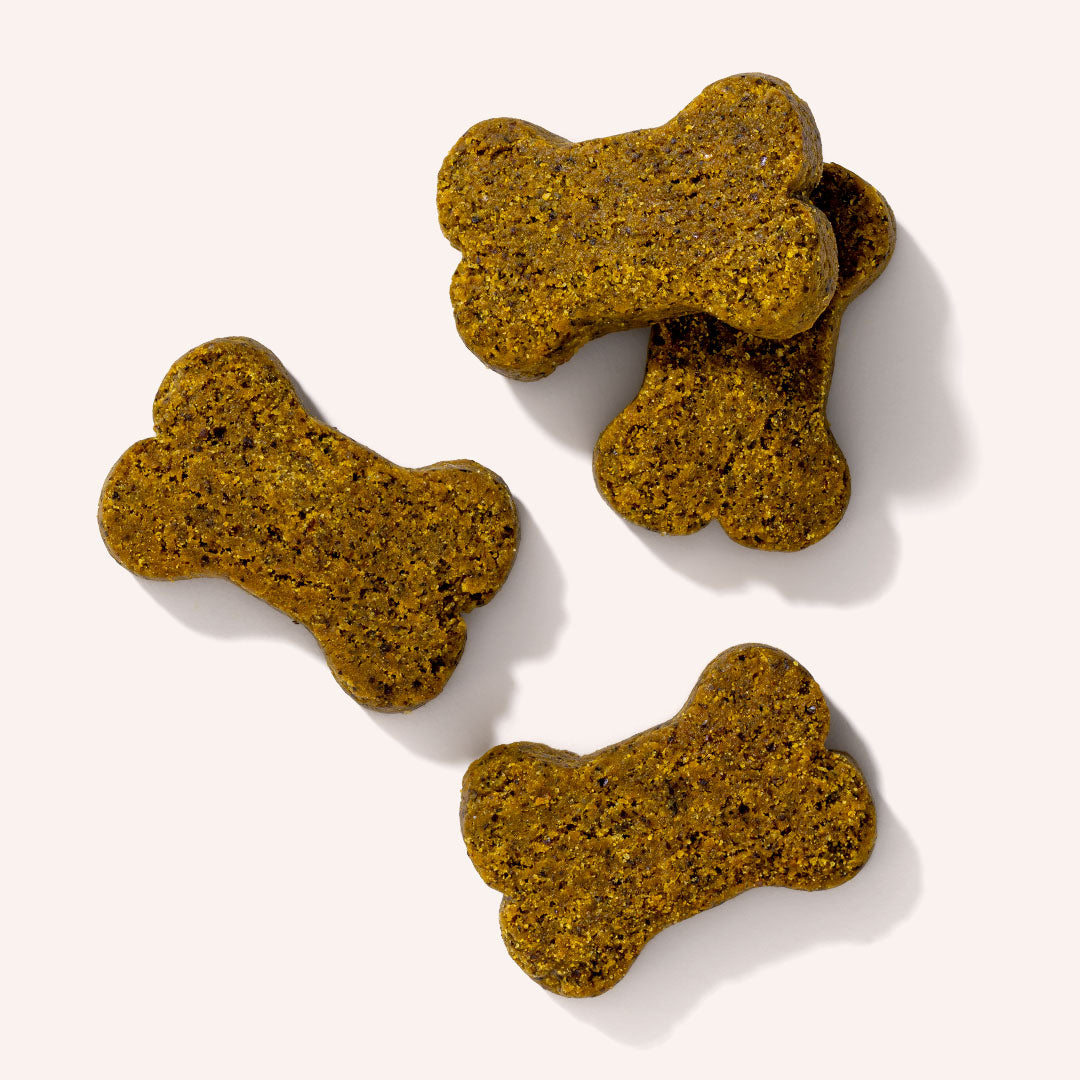

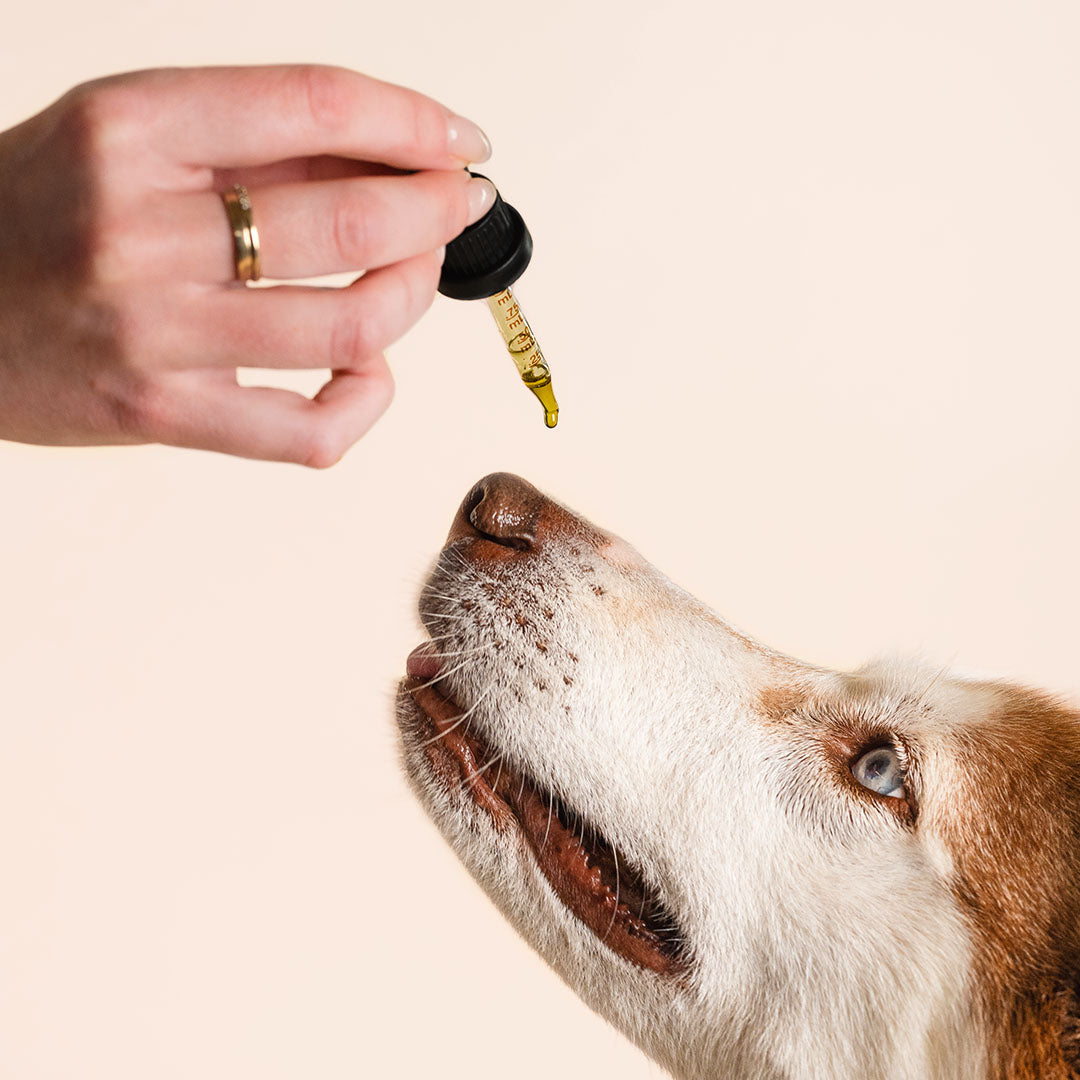
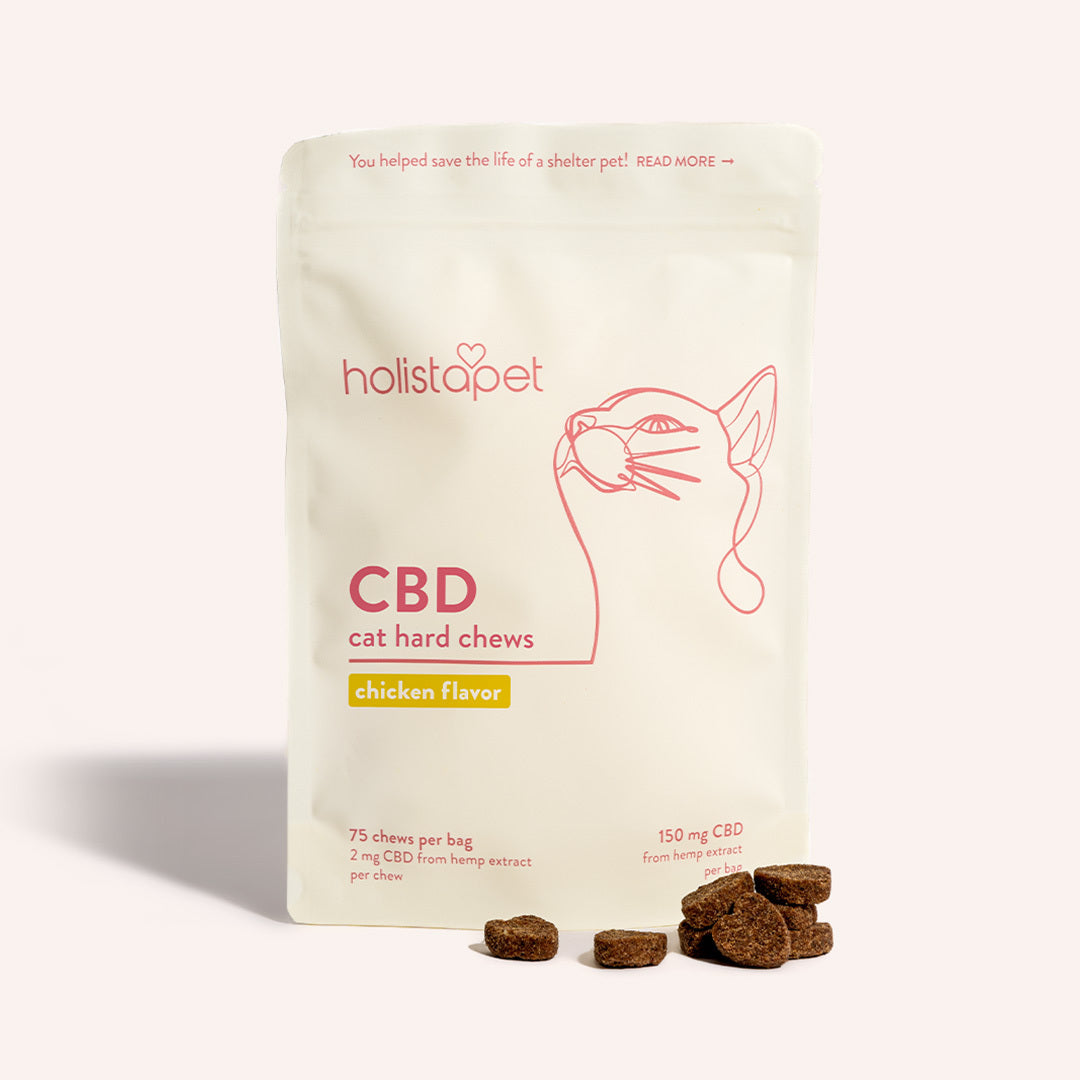
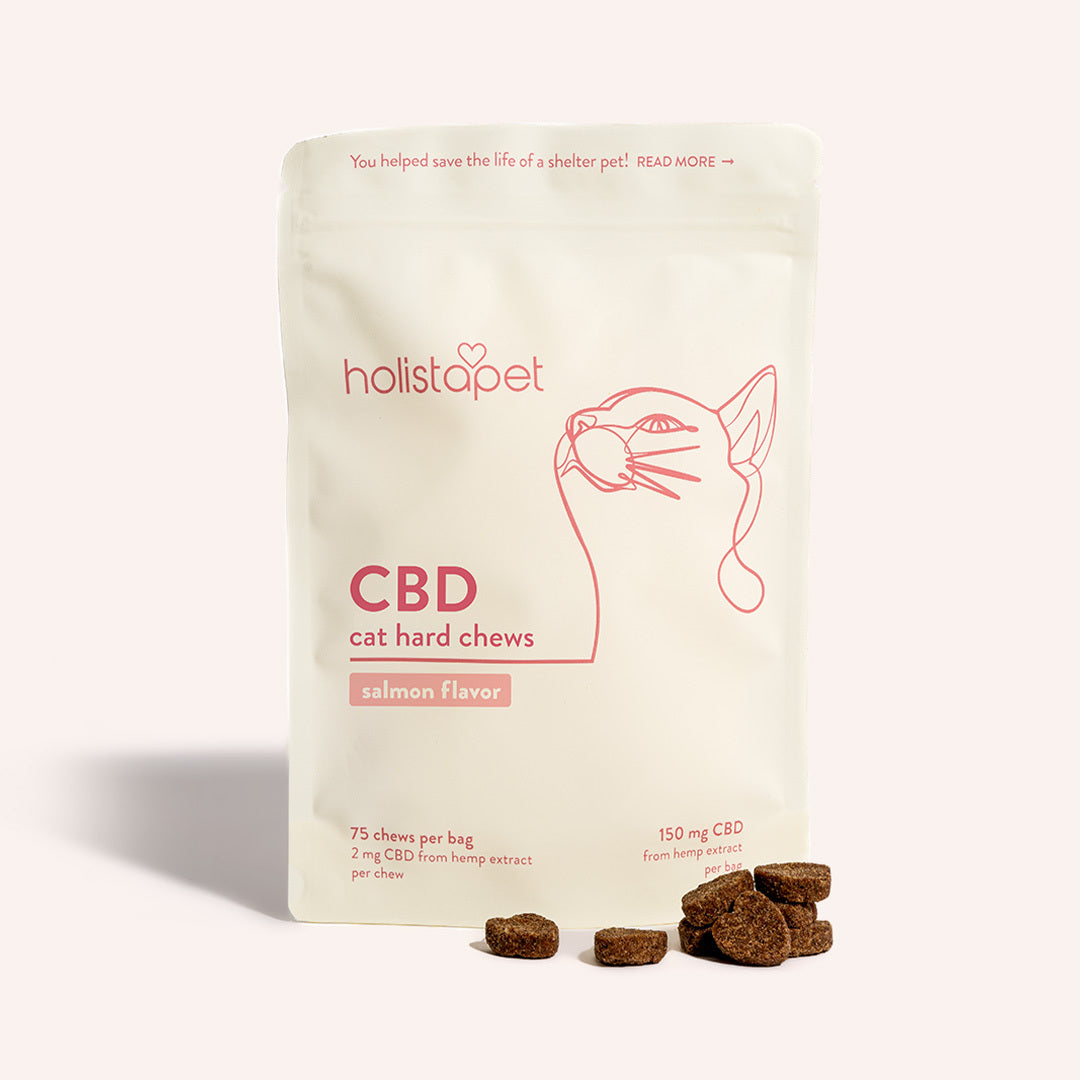
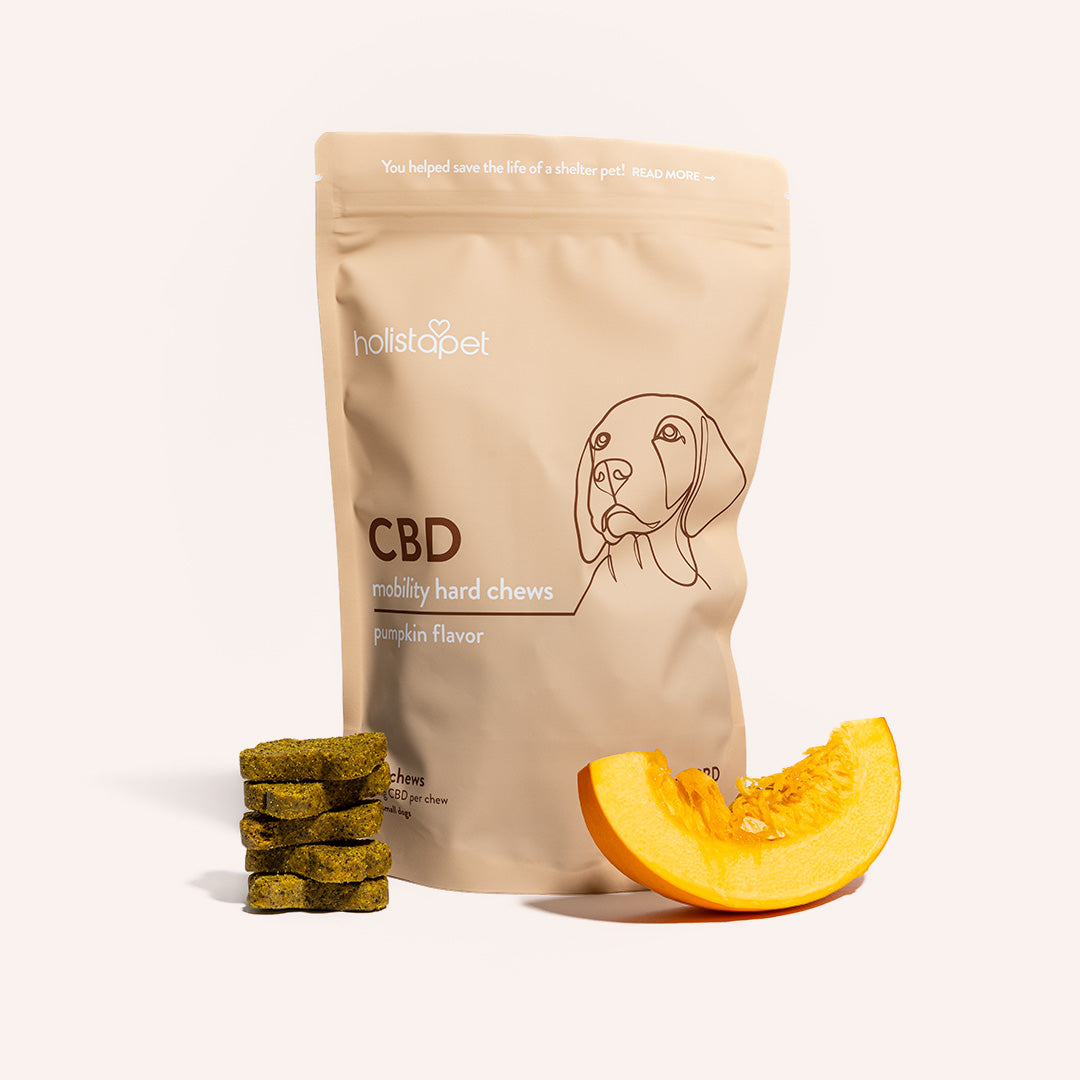
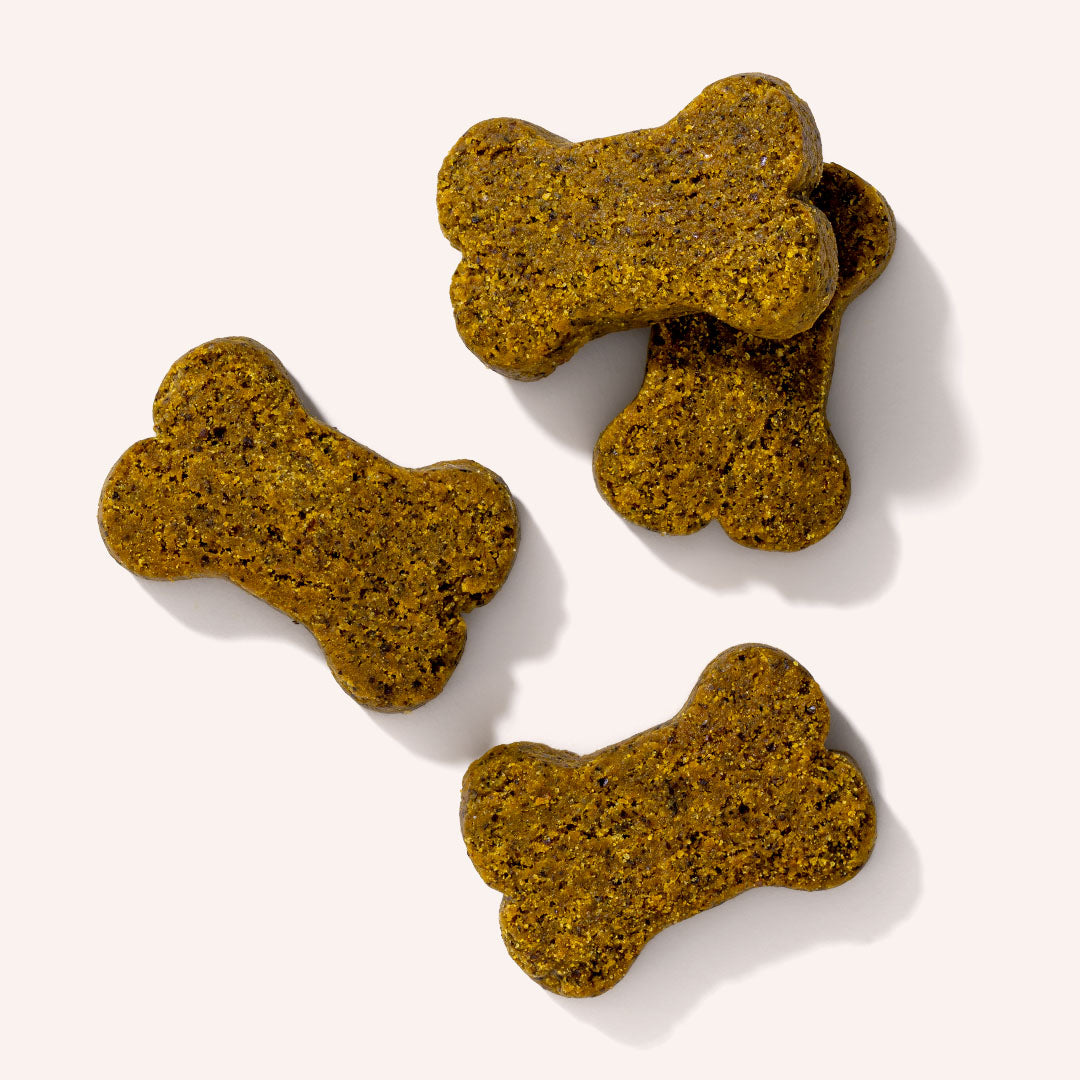

Leave a comment
All comments are moderated before being published.
This site is protected by hCaptcha and the hCaptcha Privacy Policy and Terms of Service apply.